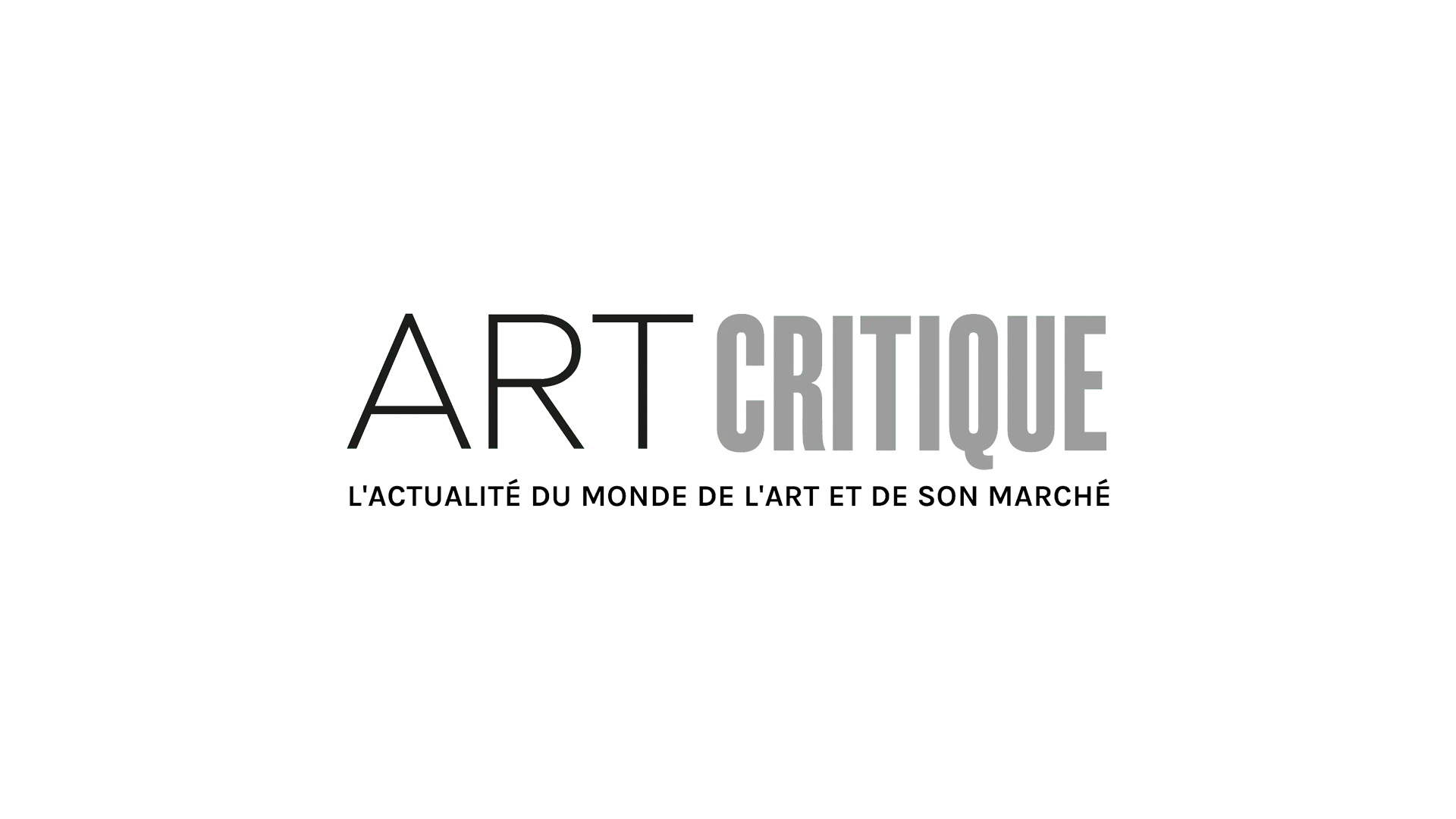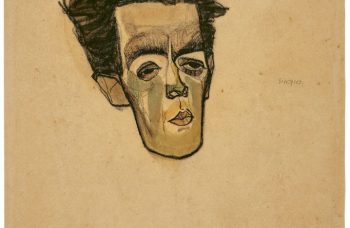Four paintings by Piet Mondrian, the Dutch abstract pioneer, have been at the centre of a dispute over ownership and on July 2nd, the German city of Krefeld rejected the claims of Mondrian’s heirs that the paintings have unlawfully remained in a city-owned Kaiser Wilhelm Museum for nearly a century. The heirs of Mondrian believe four of his paintings in the museum’s collection were loaned to the museum by the artist in preparations for an exhibition that never came to fruition, yet the paintings were never returned. The museum, and now Krefeld, believe that the paintings have rightfully remained in the collection since at least the 1950s. However, neither side has definitive proof that their story is correct.
The paintings in question, created in 1925 and 1926, represent Mondrian’s iconic, self-termed ‘neoplasticism’ style, which strictly utilizes primary colours, white, black, and grey in rectangular patterns that cling to the vertical and horizontal. They’re exactly the type of painting anyone might think of when Mondrian is mentioned.
According to a report of provenance commissioned Mondrian’s heirs, they believe that the Mondrian loaned eight paintings to the museum for the aforementioned exhibition but when it never happened, he was forced to leave them behind as he fled Europe during World War II. Based on the findings of their research, which they published last year, the heirs believe they are entitled to the eight paintings that Mondrian originally loaned in 1929.
The city of Krefeld, however, disagreed with their report stating that the paintings in question were gifted to the museum. The city then hired two provenance researchers to produce a report for the city. This report was released just a few days ago. The city’s report corroborates that of the heirs, at first, stating that they, too, acknowledge that Mondrian still owned the paintings when they were on sale at a Frankfurt exhibition in 1929. They also agree that the paintings were then loaned by the artist to Krefeld ahead of an exhibition of international abstract art that would include all eight of the paintings. However, the city’s report then states that when the exhibition did not move forward, the paintings were bought and donated to the city by one of the museum’s benefactors. Though Krefeld has no legal proof of ownership of the paintings, Frank Meyer, mayor of Krefeld, told The New York Times that ‘everything suggests that the pictures came to Krefeld legally. The report confirms our position that there are no grounds for restitution.’
Despite allegations by both sides, there is no definitive proof that benefits either claim.
Four paintings from the eight were either sold or bartered in the early 1950s by Paul Wember, the director of the Kaiser Wilhelm Museum following the war. The other four paintings, which are still in the museum’s collection, were first listed as part of the museum in a 1954 inventory. Neither report has found any evidence, either, as to if Mondrian attempted to get the paintings back before he died in 1944. The McManus Holtzman Irrevocable Trust, operated by the widow and children of Harry Holtzman, an artist and friend of Mondrian’s who was his only heir at his death, are the ones who have pursued the claim.
Claims have not been filed in a legal manner in Germany given strict laws that would bar the claims due to the passage of time but Mondrian’s heirs have said the claim may be filed in the US where such claims are not held to normal statute of limitations. Unless more information comes to light, figuring out which claim is in the right will undoubtedly be a lengthy process.





